Published in the Sunday Indian Express Magazine - Eye on 15 June 2025
Matcha, Mate, and the Flavours That Define a Place
As I write this, I’m sitting in a cosy speciality coffee cafe in Madrid called Dipos, sipping on a matcha latte. It’s great weather outside, classic European summer weather, and still this warm, earthy green drink just fits the mood perfectly. Is matcha the most obvious thing to order in this part of the world? Probably not. But for some reason, it felt right today.
And as I sat here, it got me thinking: how often does a trip stick with you because of something as simple as a drink? Not the fancy restaurant kind, but just a really good cup of something local. Sometimes it’s the first thing you seek out when you land. Sometimes it surprises you and ends up being one of the highlights of your trip.
So this week, I thought I would do something different. No destination guides, no Top 10 lists. Just a bunch of drinks I have had or hope to have that tell you something real about a place.
Matcha in Japan
If there’s one drink that really stays with me from my time in Japan, it’s matcha. It’s not just tea, it’s an entire moment. I still remember sitting in Kyoto, cross-legged in a quiet tatami room, watching a tea master slowly whisk this bright green powder into something smooth, almost creamy. No sugar, no milk, just this slightly bitter, earthy drink that somehow makes you pause.
In Japan, matcha isn’t just consumed, it’s respected. The whole tea ceremony around it is slow, mindful, and precise. You don’t rush it. Even outside of traditional settings, matcha is everywhere. In lattes, desserts, noodles, you name it, but somehow, it never feels casual. There’s a quiet grace to it. It invites you to slow down, to focus.
It carries the weight of centuries of tradition, and people treat it with a kind of quiet respect. And for someone like me, who is usually hopping from place to place, there is just something really grounding about that. One cup, and suddenly you are not thinking about what’s next. You are just there. I have had matcha in Tokyo, in Osaka, in Kyoto, and each time, even with the hustle and buzz of a city outside, it’s like everything else fades for a minute.
Matcha, in Japan, teaches you something that many places try to but few succeed: how to slow down without stopping.
Turkish Coffee in Istanbul
If matcha in Japan is all about slowing down and soaking in the silence, Turkish coffee is the exact opposite. It’s about conversation. Loud, layered, full of life. The kind of drink that makes you sit up a little straighter. It’s served in these tiny, elegant cups, but don’t let the size fool you; it’s bold, thick, and unapologetically intense.
I had my first proper Turkish coffee in Istanbul, at a little street-side cafe with views of the Bosporus Strait stretching out on one side and the domes of the Hagia Sophia rising in the distance. The coffee arrived with a glass of water and a small square of lokum (Turkish delight). And here’s the thing, I’ll be honest, I’m not a big fan of Turkish coffee. It’s unfiltered, so you get this gritty texture at the bottom that I haven’t quite warmed up to. But even if the drink itself isn’t my favourite, the whole experience? That’s something else.
Because it doesn’t end when the cup is empty. In Turkey, there’s this tradition of reading the coffee grounds. You flip the cup over, let it cool, and someone, usually a friend or the cafe owner, reads the patterns like a fortune teller. It’s lighthearted, fun, and completely unexpected the first time you do it. But it turns a simple drink into a moment, a reason to share a laugh or hear a story.
It’s one of those drinks that connects people. And even if I won’t be brewing it at home any time soon, I’ll always remember that cafe, that view, and that shared smile over a small, very strong cup of coffee.
Yerba Mate in Argentina
When I was in Argentina, on my way to Antarctica, I had the chance to try something I had heard about for years: Yerba Mate. You will often see Lionel Messi sipping mate before matches, on team buses, during interviews. And if Messi does it, the whole country definitely has to!
It’s not just a drink there, it’s a ritual, almost a cultural handshake. Everywhere I went, in parks, on street corners, even at airports, I saw people gathered in small groups, passing around this gourd with a metal straw like it was part of a ceremony.
Mate is made from dried yerba leaves, steeped in hot water and served in a round gourd, always drunk through a bombilla (the metal straw). It’s earthy, strong, a little bitter, and surprisingly soothing once you get into it.
And if there is one unspoken rule of Mate, it’s that you don’t decline. You take the gourd, you sip, and then you pass it along. One cup. Many people. It’s an invitation, and saying ‘yes’ means you are part of the circle, even just for a moment.
To summarise Mate, it isn’t something you drink quickly or alone. It’s slow, deliberate, and shared. A reason to sit, talk, and just be still together. And that, to me, is the kind of travel moment that stays with you.
Butter Tea in Bhutan
I haven’t had butter tea yet but I know exactly where I want to try it: in Bhutan, high up in the Himalayas, where the air is thin, the landscapes are otherworldly, and the tea comes with yak butter and salt instead of sugar and milk. It’s called suja, and from what I have read and heard, it’s not your typical comfort drink. It’s rich, savoury, and warming, almost more like a broth than a tea.
Most people say the first sip is confusing. But by the second or third, it just makes sense, especially when you are surrounded by snow-capped mountains and icy wind. It’s not meant to be refreshing. It’s meant to sustain you, to give you energy, hydration, and warmth in the cold. It’s one of those drinks that exists because of its environment, and I love that.
I have read stories of it being served with quiet hospitality in monasteries, at homestays, and in small mountain villages, always as a gesture of welcome. And while I can’t say I know the taste yet, I already know the experience will be about more than what’s in the cup. It’ll be about the setting, the people, the pause.
Butter tea is high on my list. And when I do finally have that first salty, warming sip, I have a feeling it’ll be one of those moments I remember long after the trip is over.
Teh Tarik in Malaysia
There is something instantly likeable about Teh Tarik, Malaysia’s beloved national drink. It’s a mix of strong black tea and condensed milk, but what makes it special is the way it’s made. The name literally means “pulled tea”, and the pulling part is where the magic happens. The tea is poured back and forth (similar to cutting chai or filter coffee), sometimes from arm’s length, between two cups, creating a smooth, frothy top and a whole lot of theatre.
I had it for the first time at a hawker centre in Kuala Lumpur, and honestly, the performance was half the fun. The vendor pulled the tea with flair, grinning like he had done it a thousand times (he probably had), and landed every drop perfectly. No spills, just style. And then came the taste, sweet, creamy, and perfectly balanced. It was comforting in a way that only simple, familiar things can be.
But what I loved even more was how every table around me had a glass of Teh Tarik on it. Teh Tarik isn’t fancy. But it doesn’t need to be. It’s got character, charm, and just the right amount of sugar. And sometimes, that’s all you want from a cup.
Coconut Water in Thailand
I wanted to make this one honourable mention before I end. This one might sound like a no-brainer but trust me, coconut water just tastes different in Thailand. Fresher. Sweeter. Colder. More alive. Maybe it’s the heat. Whatever it is, it hits different. It’s not flashy. It’s not complicated. But it’s real. And sometimes, that’s all a great travel moment needs to be.
There are still so many drinks I could have written about. Espresso in Italy, mint tea in Morocco, sugarcane juice in India, mulled wine in Germany during Christmas, or even something as simple as a fresh lime soda on a hot afternoon. Each one comes with its own story, its own setting. But I will save those for another time. Because this list is just a starting point, a small taste of how much the world has to offer, one sip at a time.
It’s funny how something as small as a drink can tell you so much about a place. Whether it’s poured with precision, shared in a circle, read like a story, or simply served ice-cold in a coconut. Each one carries more than just flavour. It carries culture, ritual, memory. That’s it from me today, see you next week. Until then, keep Celebrating Life!











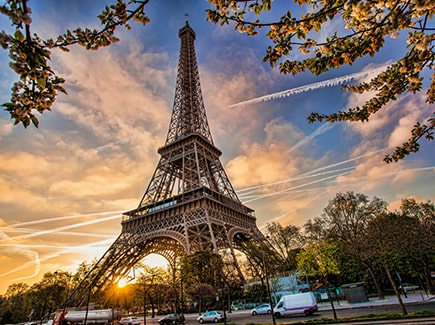

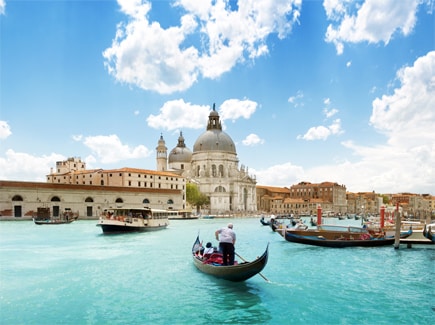
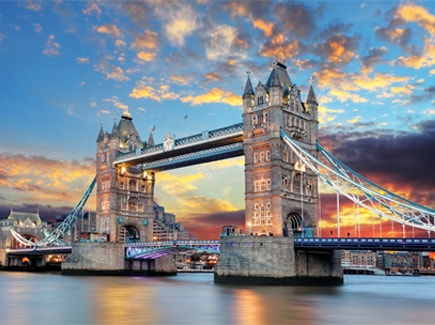
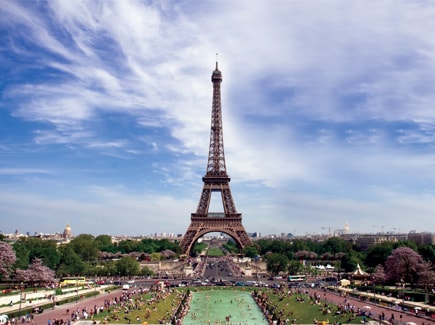




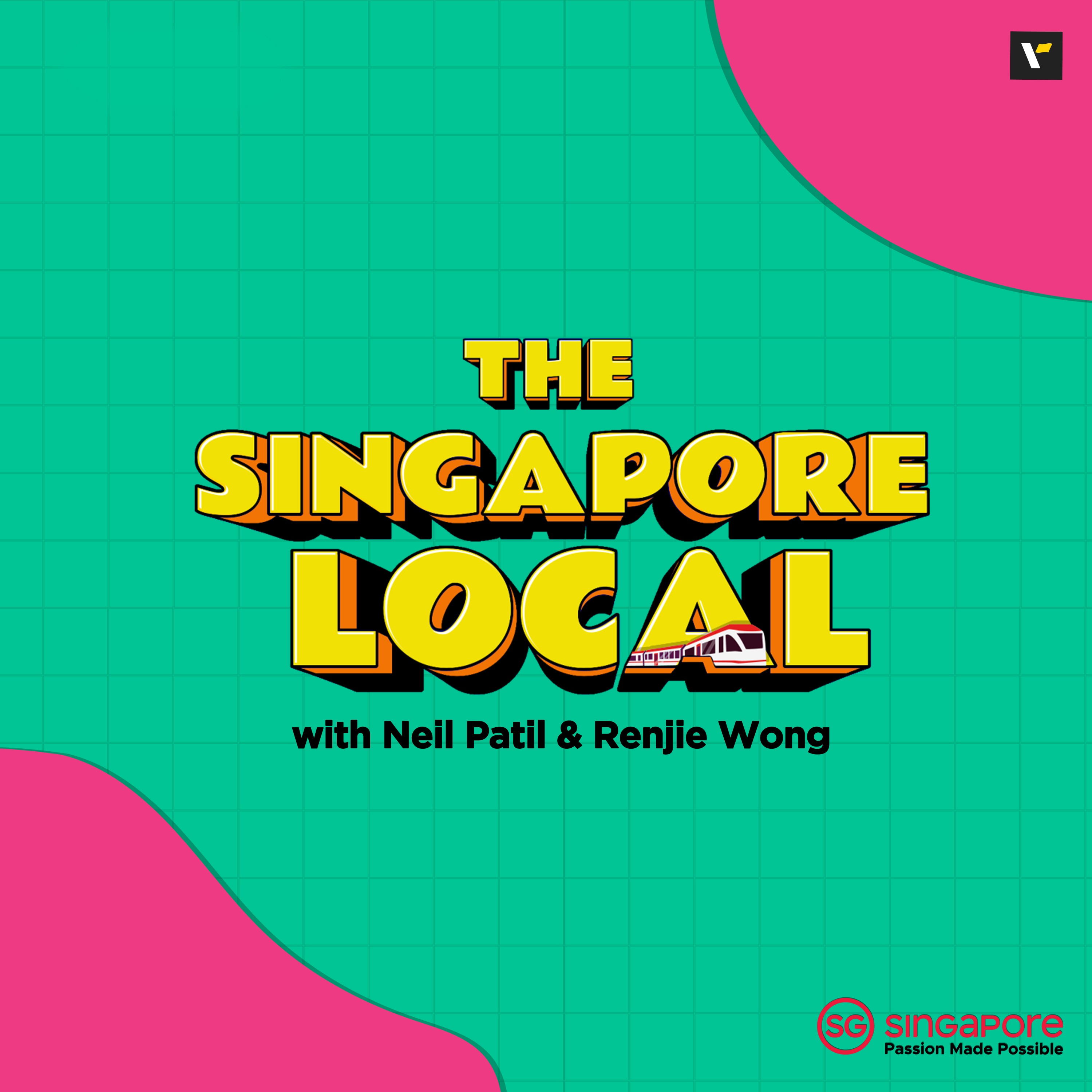








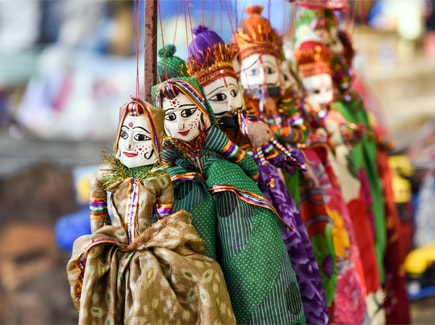
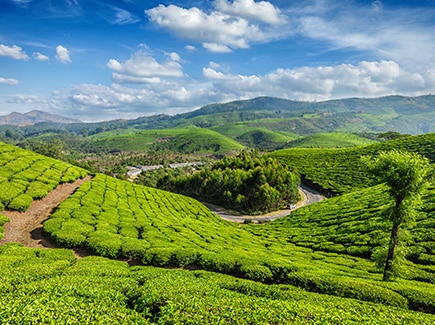
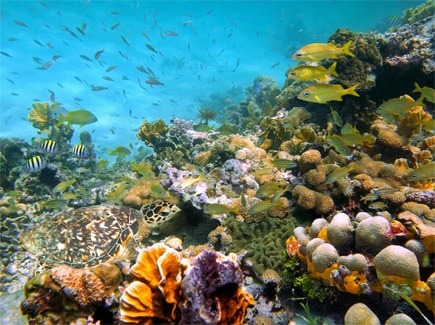
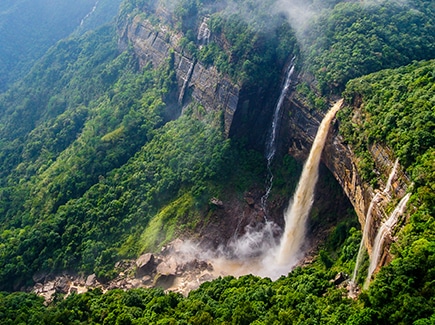
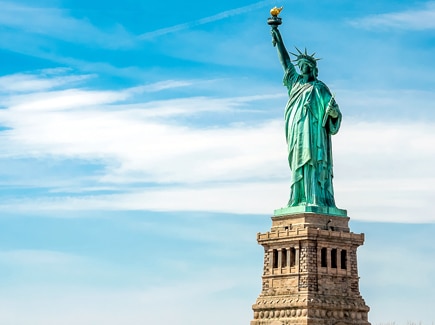
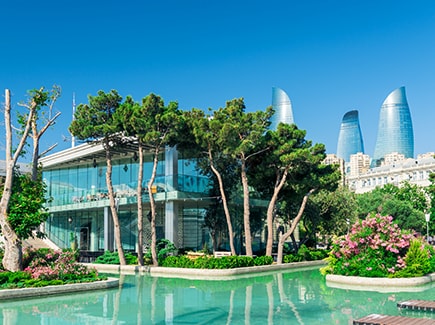

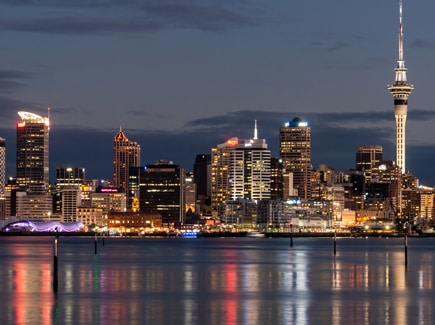
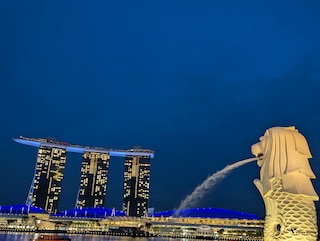
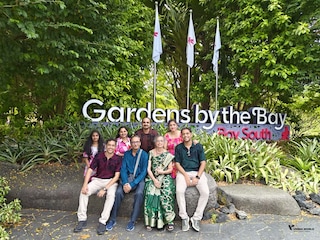
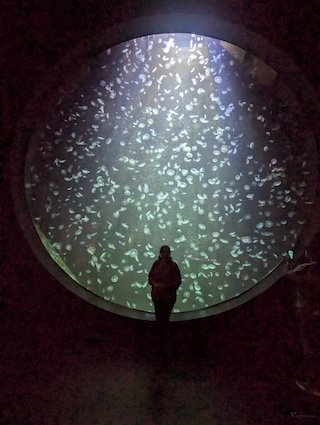
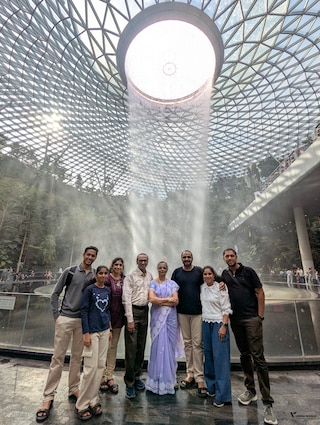
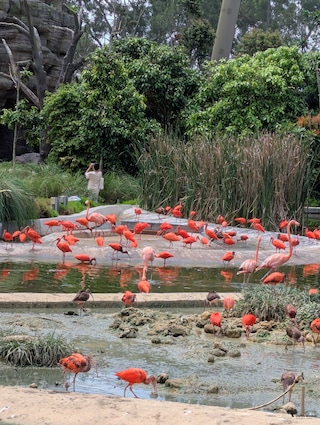
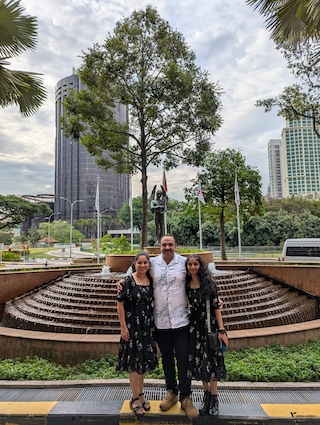
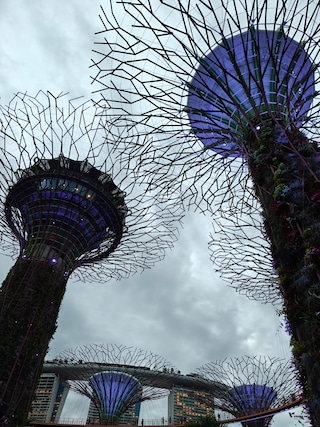
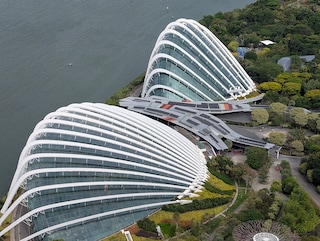

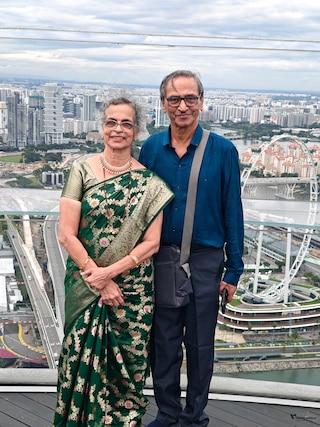
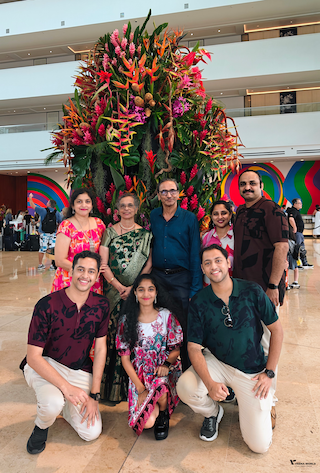
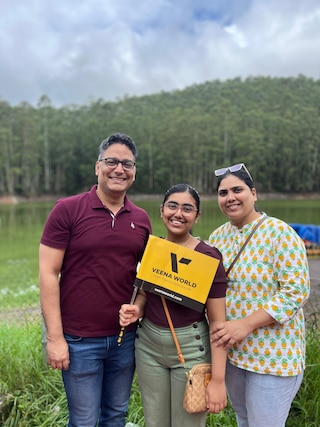
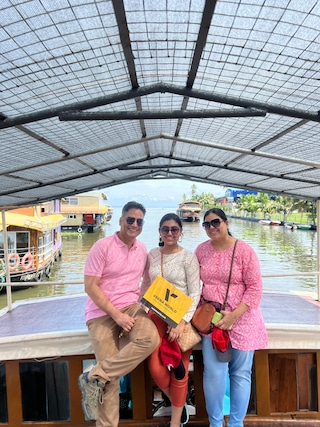
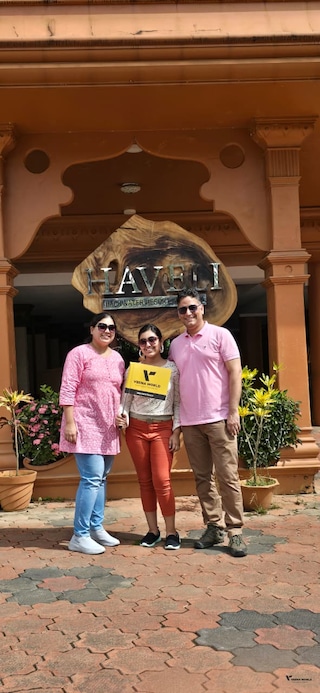




Post your Comment
Please let us know your thoughts on this story by leaving a comment.